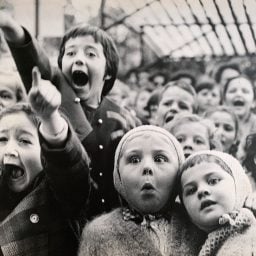Art world multi-hyphenate—gallerist, dealer, curator, advisor, connoisseur— Dakota Sica recently took the helm of New York gallery Leslie Feely, and joined forces once again with Artnet Auctions to curate the newest iteration of GEMS: Collecting Post-War Abstraction, marking the fifth edition of the sale he has curated. Now live for bidding through September 24, 2024, the sale features paintings by some of the period’s most influential artists, including Sam Gilliam, Friedel Dzubas, and Robert Motherwell, as well as lesser-known figures who are garnering renewed interest and attention such as Kikuo Saito and Emily Mason.
Marking the debut of the sale, we sat down with Sica to learn more about his evolving role and projects with Leslie Feely Gallery, as well as what exactly goes into sourcing and curating a GEMS: Collecting Post-War Abstraction sale.
Sam Gilliam, Key (N.T.) (2000)
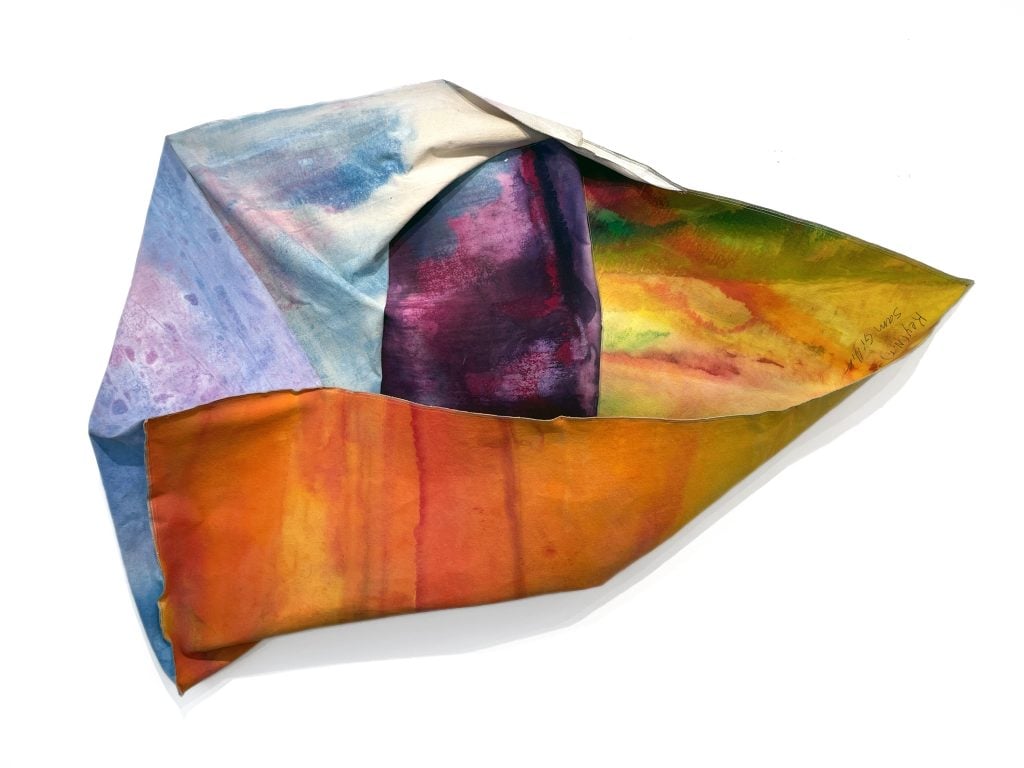
Sam Gilliam, Key (N.T.) (2000). Est. $60,000–$80,000.
Can you tell us about your history with Leslie Feely herself and the gallery, and what you envision for the future?
I began working with Leslie over 10 years ago—for all those years we had not only a successful working relationship but also a close friendship. She passed away earlier this year, and I was deeply saddened by the loss. Leslie wanted to leave the business in my hands, I am honored to continue running the gallery in her legacy.
Are there any Leslie Feely Gallery projects or future exhibitions you are working on now that you can share with us?
I am very excited to announce an upcoming collaboration with Jody Klotz Gallery on a joint Alice Baber exhibition. The show will feature major paintings by Baber and coincide with the November marquee auctions in New York. Full exhibition details to follow shortly!
Emily Mason, Neap Tide (2002)
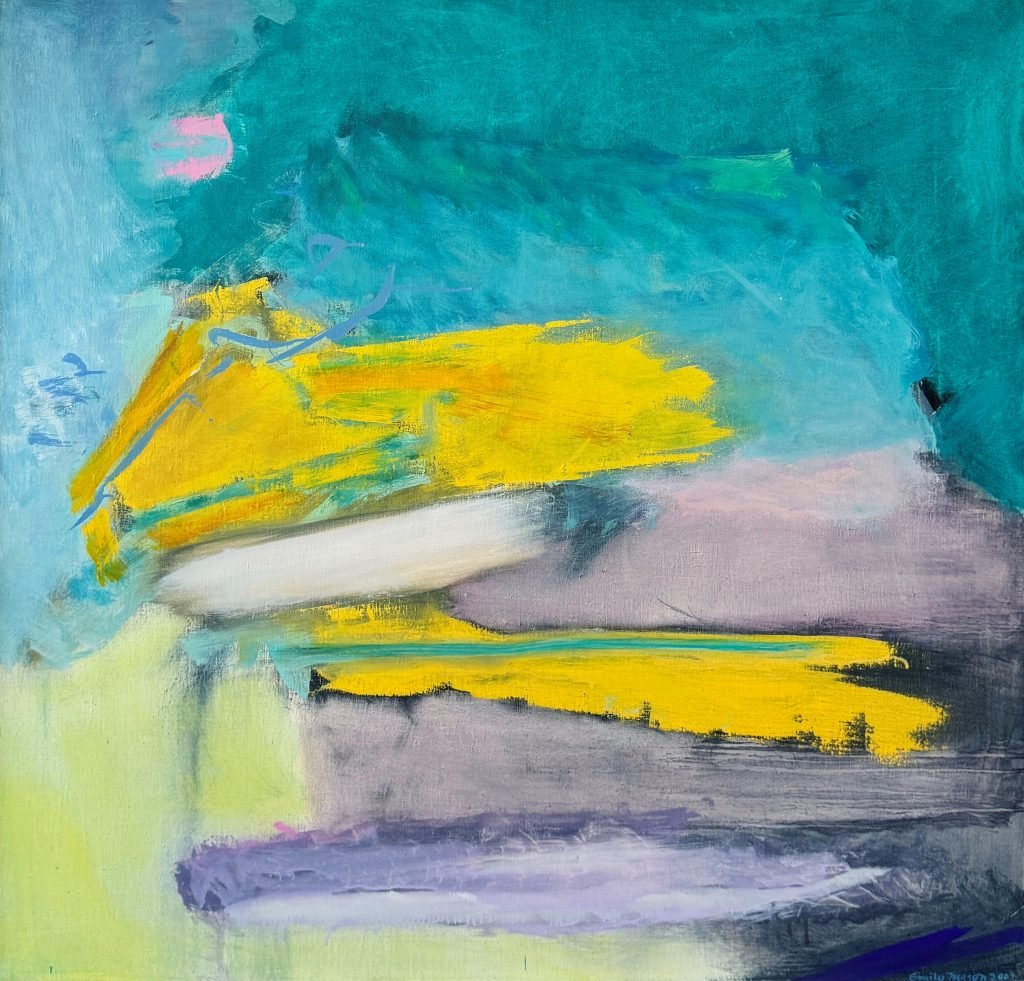
Emily Mason, Neap Tide (2002). Est. $60,000–$80,000.
With the fifth edition of GEMS: Collecting Post-War Abstraction now live for bids on Artnet Auctions, can you give us some insight into your process of curating this sale, and how it came together? Where were these works sourced from?
It is always a joy to curate the GEMS auction, and each time it brings me on a different journey. Mainly because all the works come from different private collections around the world—each work has its own story tied to it. Half of the battle of building the sale is knowing where these works are buried, and the other half is convincing the owners to part with these prized pieces. It is important that each individual artwork is a good example and that all the works are cohesive collectively.
Did you have a guiding principle or ethos you followed creating this selection, or was it more organic?
My prevailing principle/ethos is always quality. This is at the essence of everything I strive to achieve in collection building. If you present quality works at fair estimates there is always healthy competition at auction. Collectors are some of the smartest people I know and are deeply passionate about the artists they collect—they are the first to know and recognize quality.
For this iteration of GEMS, we are thrilled to be showcasing a selection of highlights from the sale at Leslie Feely Gallery. We welcome you to schedule an appointment and visit our Upper East Side location to view the works in person.
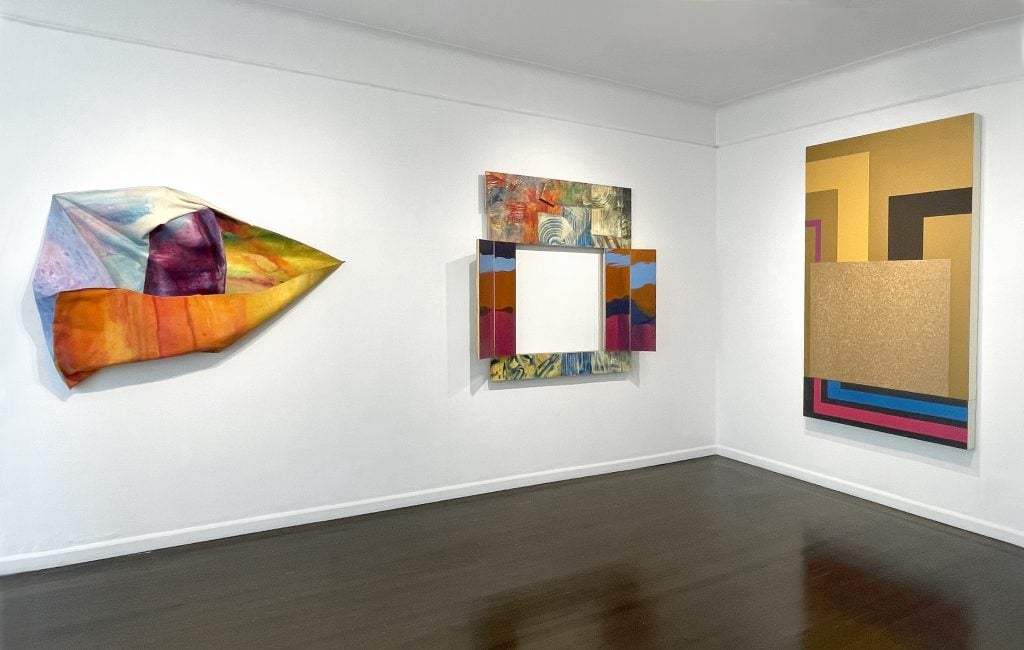
Installation view of highlights from GEMS: Collecting Post-War Abstraction at Leslie Feely, New York.
From within this sale, what are a few lots that really stand out to you? Why?
To highlight a few—I am particularly excited about two paintings by Emily Mason we have on offer. Mason was an overlooked female abstract painter who is now beginning to see widespread acclaim. On the heels of sold-out gallery exhibitions and art fair booths, these paintings are poised to fly. I am also very keen on Kikuo Saito’s Blue Whisper (2013)—which is a perfect example of the artist’s late gestural style. The composition is filled with strong energy and gestural movement which comes alive by his expert use of color. It is a privilege to be able to offer these examples in our sale.
Kikuo Saito, Blue Whisper (2013)
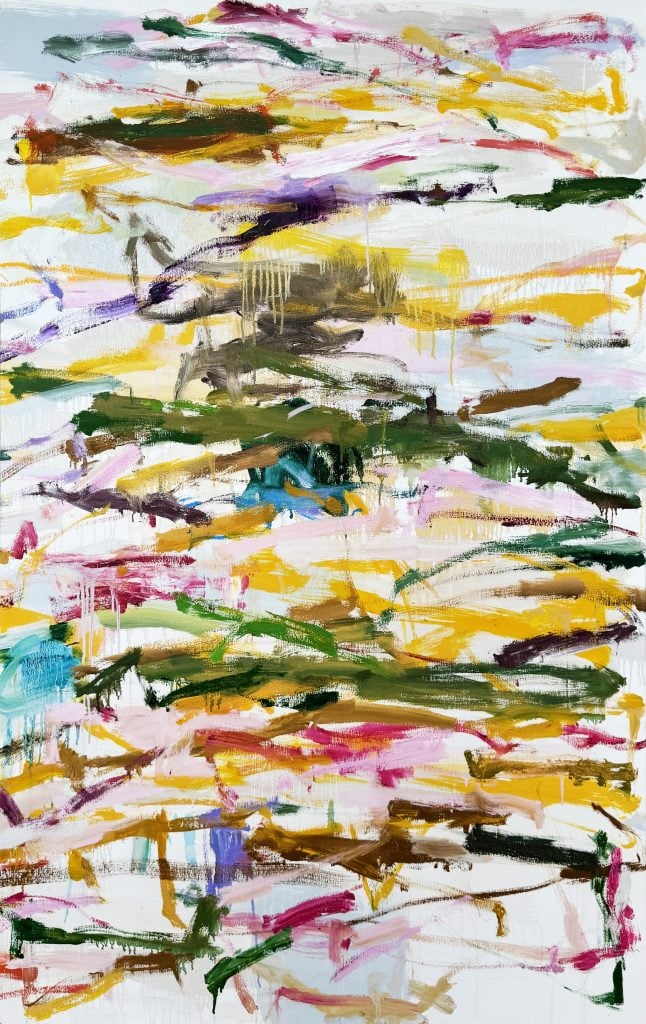
Kikuo Saito, Blue Whisper (2013). Est. $100,000–$125,000.
As a connoisseur of post-war and contemporary art, have you noticed any significant or intriguing inclinations in the surrounding market?
I find collectors are doubling down on quality blue-chip works. These markets are heavily traded and have depth in bidding. These household names have global audiences, meaning they can be sold in the U.S., Europe, the United Kingdom, Asia, and beyond. This is key as there are always ebbs and flows in the market, but this kind of universality offers durability in the market.
Do you have any perennial advice for collectors entering the auction realm for the first time?
When identifying a work at auction I have a basic checklist of three things: 1. The Condition 2. The Provenance, and 3. The Market Value. Here is why: it is paramount to know the condition of a work you are bidding on or acquiring. Condition is key to determining value. I try to only acquire works in good condition as this will be crucial if you ever decide to resell. The second step is to check the provenance (its history of ownership); this should resemble a clear/credible chain of ownership traceable back to when the work was created. Lastly, if the work passes these first two checks, use the Artnet Price Database to pull comps for similar works sold at auction. Artnet makes it easy to see a clear price history and market trends for artists and their works. With this intel, collectors feel more confident when bidding.
And a personal tactic I employ—bid early and often!
If you want an artwork, it’s better to get in early with your interest, waiting can always cost you another bid or two which not only adds up but can be the difference in securing a work or losing it to a competitor.
The fifth edition of GEMS: Collecting Post-War Abstraction is now open for bids on Artnet Auctions until September 24. Browse and bid here.
GEMS: Collecting Post-War Abstraction is live for bidding now through September 24, 2024.







